-
Posts
25.684 -
Joined
-
Days Won
300
Everything posted by Lion.Kanzen
-
Sacred Artifacts. Throughout the history of religions and cultures, objects used in cults, rituals, and sacred ceremonies have almost always been of both utilitarian and symbolic natures. Ceremonial and ritualistic objects have been utilized as a means for establishing or maintaining communication between the sacred (the transcendent, or supernatural, realm) and the profane (the realm of time, space, and cause and effect). On occasion, such objects have been used to compel the sacred (or divine) realm to act or react in a way that is favourable to the participants of the ceremonies or to the persons or activities with which such rituals are concerned, or to prevent the transcendent realm from harming or endangering them. These objects thus can be mediatory devices to contact the divine world, as, for example, the drums of shamans (religious personages with healing and psychic-transformation powers). Conversely, they can be mediatory devices used by a god or other supernatural being to relate to humans in the profane realm. They may also be used to ensure that a chief or sovereign of a tribe or nation achieves, and is recognized to have, the status of divinity in cultic or community ceremonies. Statues and painted images occur most frequently in religious iconography, as noted above. These are often viewed as the permanent embodiments of the deities they represent, whether they are located in sacred places of religious communities, such as temples, shrines, or chapels, or on domestic altars, which contain statues or icons of the divinities of prosperity and fertility, mother goddesses, household gods, saints, relics, the tablet of the ancestors in ancient China, and other similar domestic cult objects. Many household cult objects are made from clay or terra-cotta and are sometimes multicoloured. The material of which major cult objects are composed is often explicitly defined and assumes a certain importance. If the statue is fashioned in wood, the choice of the wood (acacia, sandal, or any other) is symbolically important because it is considered auspicious. By the same token, the choice of stone is likewise important, depending on the region. If metal is chosen, it is one that is deemed precious (e.g., golden statues bring prosperity). In the case of bronze statues and other cult objects, the composition is carefully defined and often corresponds to alloys to which symbolic values are attached. In addition to a proper and distinct form and material, the technique of fabricating and the procedural patterns of composing such objects are controlled by traditional rules that have become established rituals in many religions—sophisticated and not. In the production of statues in human or animal form, the last procedure is often the “opening the eyes” (i.e., the painting of the eyes of a statue of a deity or inserting gold in them by an officiating priest during the installation of the statue [pratishtha] in the sanctuary, along with the reciting of appropriate prayers that make the statue “living” and “real”), particularly in Brahmanic India and Chinese-influenced areas (see also religious symbolism and iconography). https://www.britannica.com/topic/ceremonial-object
-
For now the bad thing about DE is the Ai , it doesn't know how to play the game. The other thing is the random maps. ------+-+ It would be good if the artifacts are inside the Shrines, that the Shrines are captured by priests or heroes(the heroes of antiquity were considered sons of the gods).(for the same reason they had the right to reign.)
-
Sacret sites. and in SVN would they be available for A28 SVN?
-
Look very pro like AoE III DE.
-
That dirt texture is our game? It's coming! it's coming...
-
You didn't hate that map.
-
.thumb.png.ce58cea22940c255f5b0a735d5abee36.png)
[Community mod] Melee rebalance
Lion.Kanzen replied to real_tabasco_sauce's topic in Gameplay Discussion
A spam of Iberian swordsmen feels powerful. the Han chariots have done a lot of damage to them. -
-
.thumb.png.ce58cea22940c255f5b0a735d5abee36.png)
[Community mod] Melee rebalance
Lion.Kanzen replied to real_tabasco_sauce's topic in Gameplay Discussion
do you want it even slower? -
-
.thumb.png.ce58cea22940c255f5b0a735d5abee36.png)
[Community mod] Melee rebalance
Lion.Kanzen replied to real_tabasco_sauce's topic in Gameplay Discussion
I had already thought of that. but the only thing that should be done is to increase the range of the skirmishers a bit, they were left without the option to shoot and flee against pikes. Or add a technology that unlocks more range. -
-
They played an important role as priests and shamanistic soothsayers in the Scythian religion. The Enarei priests were especially consulted when the king of the Scythians was ill. Another interesting is about the Amazon warriors which according to some were actually Enarei. According to Palaephatus- "This is my view of the Amazons, that they were not women who waged war, but barbarian men, and that they wore clothing which extended over their feet... Scythian Priesthood of Fierce Fighting Eunuch Shamans of the Snake Goddess The Scythian goddess Argimpasa was half-human, half-snake with a priesthood of powerful shamans, who despite their self-inflicted castration, seemed to still personify the reputation of fierce. The Scythian goddess Argimpasa was half-human, half-snake with a priesthood of powerful shamans, who despite their self-inflicted castration, seemed to still personify the reputation of fierce warriors. The culture of the Scythians, a group of ancient tribes of nomadic warriors who lived in what is now southern S iberia, flourished from around 900 BC to around 200 BC. However, most of what is known today about the Scythians has been accumulated from a range of ancient sources from other cultures such as the Greeks, Assyrians and Persians who would, understandably, retell the stories of the Scythians from their own perspectives colored by their own understandings, traditions and sometimes prejudices. https://www.ancient-origins.net/history/scythian-priesthood-0012314
-
Concerning social activity, though the Scythians had no temples, there is ample evidence of priestly function of their kurgans and Ares-edifices in the way of goods, construction, and associated sacrifices. Finally, when it came to individual healing, even as diviners, their shamans, through ecstatic production and medicinal prescription, certainly played important roles.
-
https://en.m.wikipedia.org/wiki/Enaree It's like in Nahualism of the Mayas, but instead of transforming you into a beast, it transformed you into a woman. The Anarya belonged to the most powerful Scythian aristocracy. They were born male, but wore women's clothing,[5] performed women's jobs, spoke like women,[7] and were believed by the Scythians to be inherently different from other males and that their androgyny was of divine origin; according to indigenous Scythian shamanic traditions, the Anarya were considered "transformed" shamans who changed their sex, which characterised them as being the most powerful shamans, due to which they inspired fear and were thus accordingly given special respect in Scythian society, and the Scythians ascribed their androgyny to a "female disease" causing sexual impotency. The institution of the Anarya might have been influenced by the ancient traditions of Goddess worship and shamanism practised by the populations of the Eurasian steppe since the Palaeolithic. Like the Anarya, these shamanic traditions used cannabis and other hallucinogenic substances to acquire an altered and ecstatic state of mind.[5] Such traditions of "gender-crossing shamanism," whereby men obtain the power of prophecy and of becoming religious figures possessed by spirits by abandoning their masculinity, have been preserved until recent times by indigenous Siberians
-
https://www.ancient-origins.net/news-general/reconstruction-golden-woman-ancient-scythian-princess-kazakhstan-001987 another source says that she is a princess. Goldan Woman was found buried in a mound, known as a kurgan, alongside numerous gold and silver vessels, makeup kits, golden jewellery, a headdress, a horse bridle, and other household items that were considered essential for the afterlife. The features of her burial are characteristic of Zoroastrianism, an ancient Iranian religion and a religious philosophy, which spread eastward towards Kazakhstan. The princess belonged to the Saka (ancient Scythians), a group of nomadic warrior tribes of Iranian origin, who inhabited the steppes of modern-day Kazakhstan from around 1,000 BC to the first centuries AD. In total, more than 500 different golden fragments were found in her burial, which earned the woman her name - the Golden Woman or the Golden Princess. Reconstruction of the garment was entrusted to the famous restorer Krym Altynbekov. Thanks to his work, one can now see what Golden Princess might have looked like 2500 years ago She was covered with a blanket embroidered with golden plaques of four types: differently shaped geometric pieces depicted ram griffins, rams, griffins and swastikas. Scientists call them solar, implying worship of the sun characteristic for the nomads of the time, which is also supported by the "Avesta", the core collection of sacred Zoroastrianism texts
-
mirror: https://archive.md/wip/5Nvvx I found this... I'll keep looking.
-
https://en.m.wikipedia.org/wiki/Scythian_religion




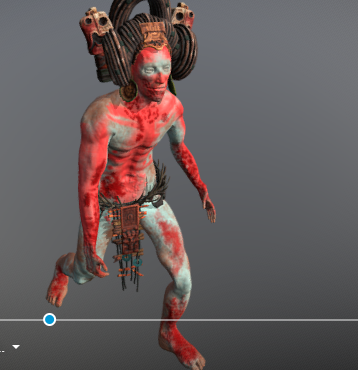
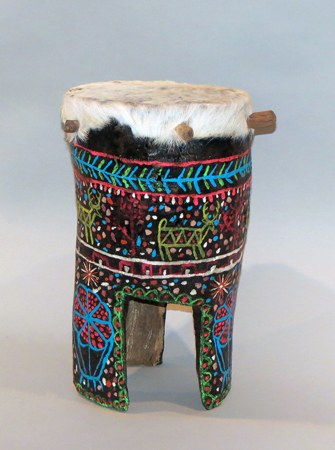
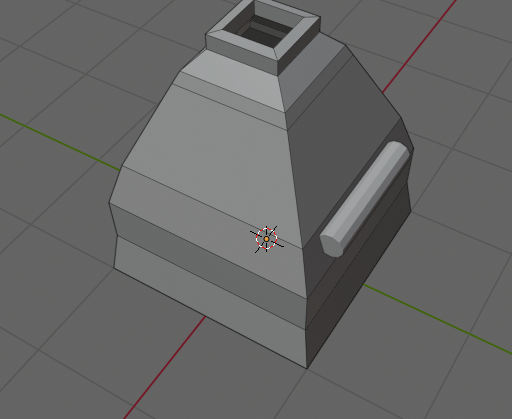
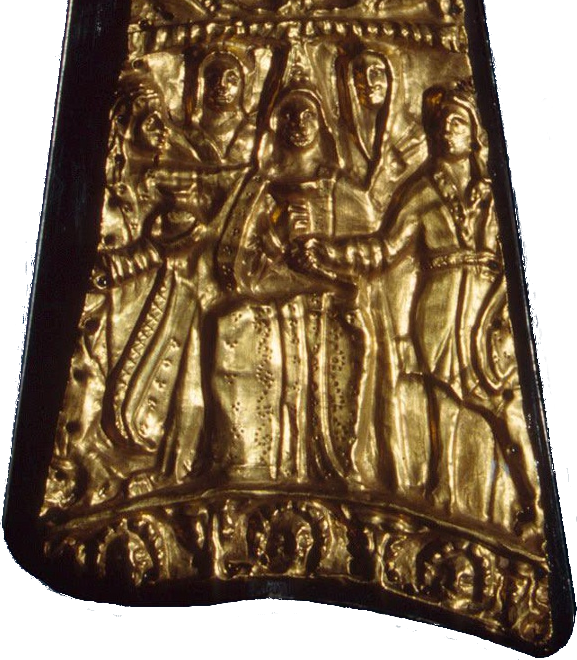
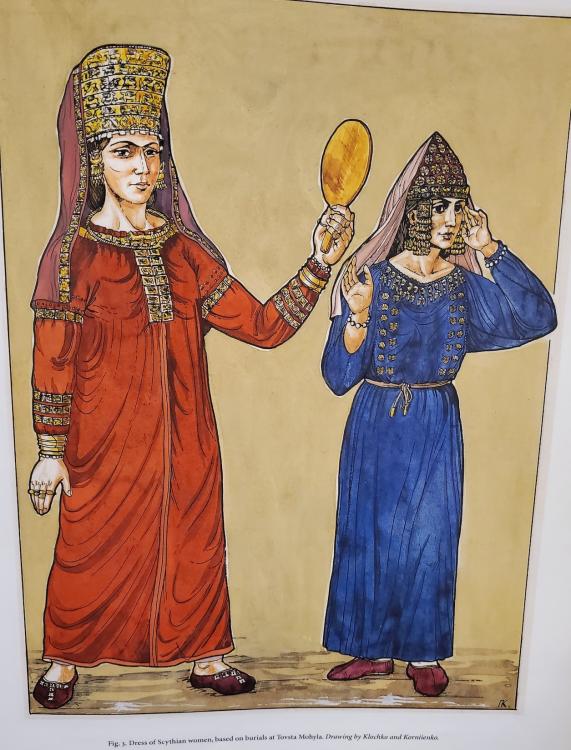
.jpeg.675d26ba557d283600b4cb9928230490.jpeg)
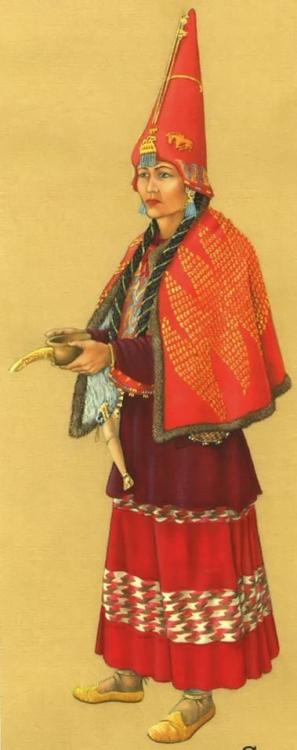
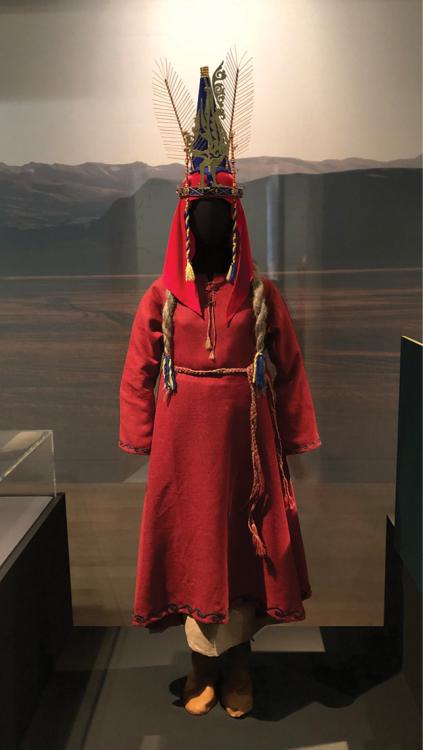
.jpeg.78b0a97c4afcf38ed7f1a39286ae152a.jpeg)
.jpeg.2e13be57c060e72fcbc3ef67c4df4a66.jpeg)